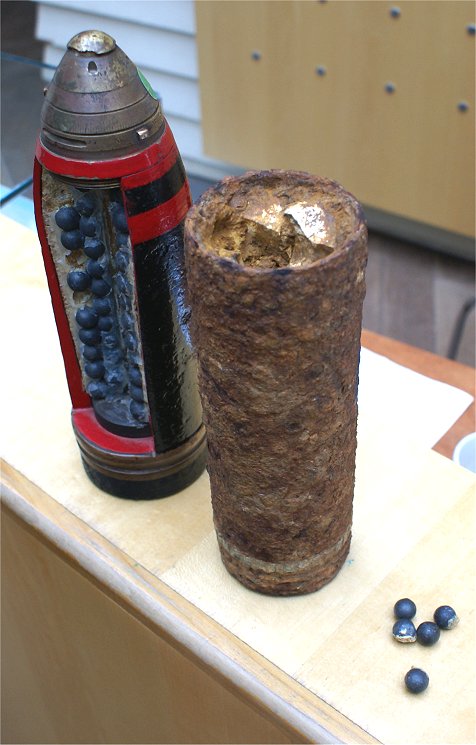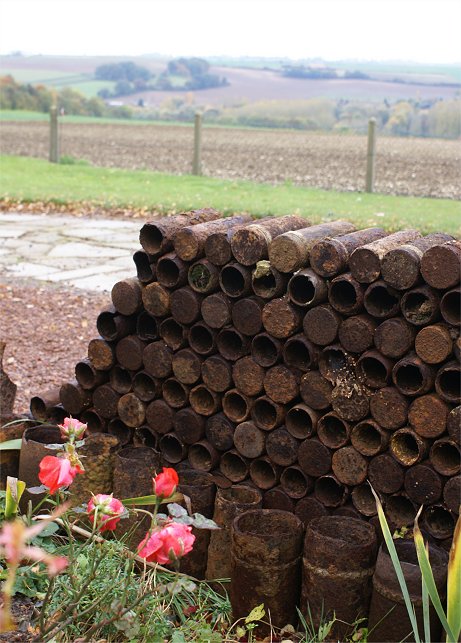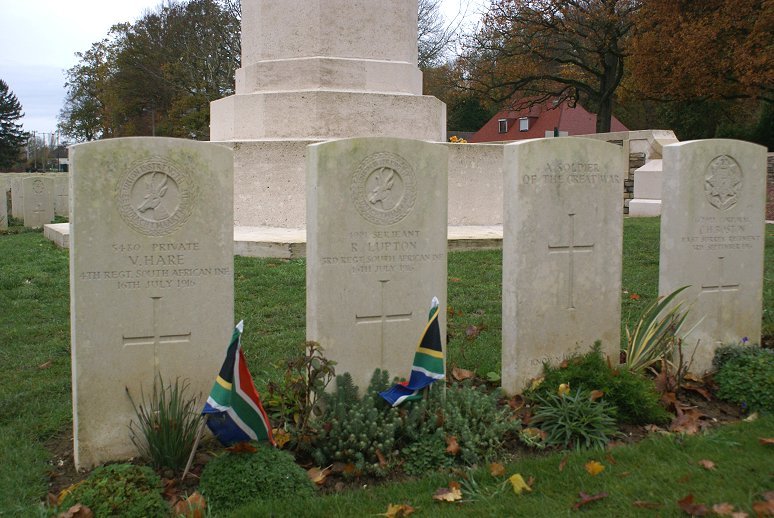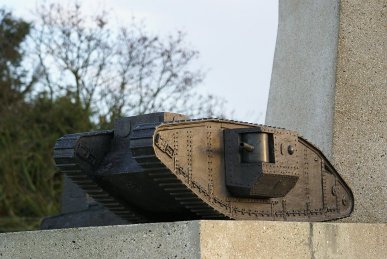The Somme
July 1 to November 18, 1916
The British Army at the beginning of the Great War was a small,
professional force, with the six division British Expeditionary Force
being small compared to the 62 divisions that France could muster.
The BEF was just big enough, though, to play an important
part in
stopping the initial German attack in August 1914.
By 1916, the
BEF had suffered heavy losses in the Race to the Sea, Ypres, and in
several attacks in 1915. Now under Douglas Haig, the BEF
was 60 divisions, bigger than ever, with the addition of untested
volunteers organized in local 'pals' battalions and Territorial units.
The British and French had envisioned a joint offensive that year
in conjunction with offensives from Russia and Italy. The German
attack at Verdun came first, however.
With French losses mounting, and with the symbolic town of Verdun
in danger of falling, the French pressured the British to attack to
relieve the pressure. Even after the crisis at Verdun had
subsided, planning for the attack continued. Twenty British and
13 French divisions would attack.
The Western Front was in deadlock, with machine guns and artillery
making infantry attacks costly and unsuccessful. Not even poison
gas
could not force a decisive breakthrough. Perhaps another way
would be
successful. If enough artillery could be assembled, and if they
could fire for long enough, the German artillery and machine guns could
be largely destroyed. Then it would be relatively simple for
the
infantry to move forward and occupy the German trenches. The army
commander, Rawlinson, had planned for a "bite and hold" attack on the
German first line, then a consolidation with the artillery moved
forward to support an attack on the second line. Douglas Haig,
the BEF commander, overruled Rawlinson and ordered a bombardment on
both the German first and second lines followed by what he hoped would
be a breakthrough attack. For "The
Big Push" to be decisive, cavalry was ready to exploit the
expected gaps in the German defenses.
A five day bombardment was planned. After the attack
was delayed, the bombardment was extended to a week.
Surely the German defenders would be shattered.


British Artillery
The bombardment was less effective than expected. Compared to
French Army practice, there were fewer and smaller guns for any given
section of the front. Many of the rounds fired were
anti-personnel rounds which were of little use considering the vast
majority of the Germans had taken cover in dugouts deep underground.
The largest of the British artillery was unable to penetrate enough
earth to destroy these dugouts. It was hoped that the
bombardment would destroy the barbed wire in
front of the German trenches. Much of the wire was still intact.
Lower levels within the army reported their discoveries of intact
wire and of hearing Germans singing inside their dugouts, but the
top-down command system discouraged the upward flow of information, and
the high command tried to force an optimistic view on the army.
When the bombardment lifted on the morning of July 1st, the
Germans eagerly left their dugouts to return to their positions in the
trenches. Expecting the bombardment to have smashed the enemy,
the attacking British infantry for the most part advanced carrying
heavy packs, slowly in line in order to maintain order.

July 1st:
Along most of the 20 mile front progress had been non-existent.
Only near the border with the French army was there decent
progress. The Germans and the French suffered heavy losses,
but the British losses were frightful. Although the high command
did not know it yet, over 57,000 British troops had been lost that day
- 19,000 of those had been killed. With the other Allies
doing their part - Russia, Romania, Italy, and France all cooperating
to put maximum pressure on the Central Powers, there was never any
question about halting the Somme attack. If they continued,
perhaps the Germans would become exhausted and a decisive breakthrough
was possible. So the battle continued into November. By the
end, the Allies had lost over 600,000 men killed, wounded, captured,
and missing. The Germans had lost over 450,000 men. The
land at the Somme was so filled with unexploded ordnance and the debris
of war that the government wanted to let the area grow into a forest,
but the locals would have nothing of it. The people returned and
rebuilt, and the battlefield is now a beautiful and somber place that
is rewarding to visit, especially if you take the time to carefully
prepare yourself.

Bernafay Wood Cemetery
On July 3-4, Bernafay Wood was captured by the 9th
Division. Here immediately adjacent to Bernafay Wood there was a
dressing station for the wounded, which became the cemetery.

Delville Wood Cemetery
| Fighting near Delville Wood extended from mid July to early
September. South African troops were prominent here.
|
 |

Mouquet Farm
Beginning in early August and extending to late September,
Australian attacks were costly, so they were replaced by Canadian
troops who were later replaced by British troops.


Tank Corps Memorial, Pozieres Windmill
In early August, the Australian Corps reached the area of Pozieres
Windmill. On September 15th, Canadian troops attacked from here.
Tanks were then used for the first time. It has often been
said that this use of tanks was premature. It was only next year
at Cambrai that tanks were used en masse.









